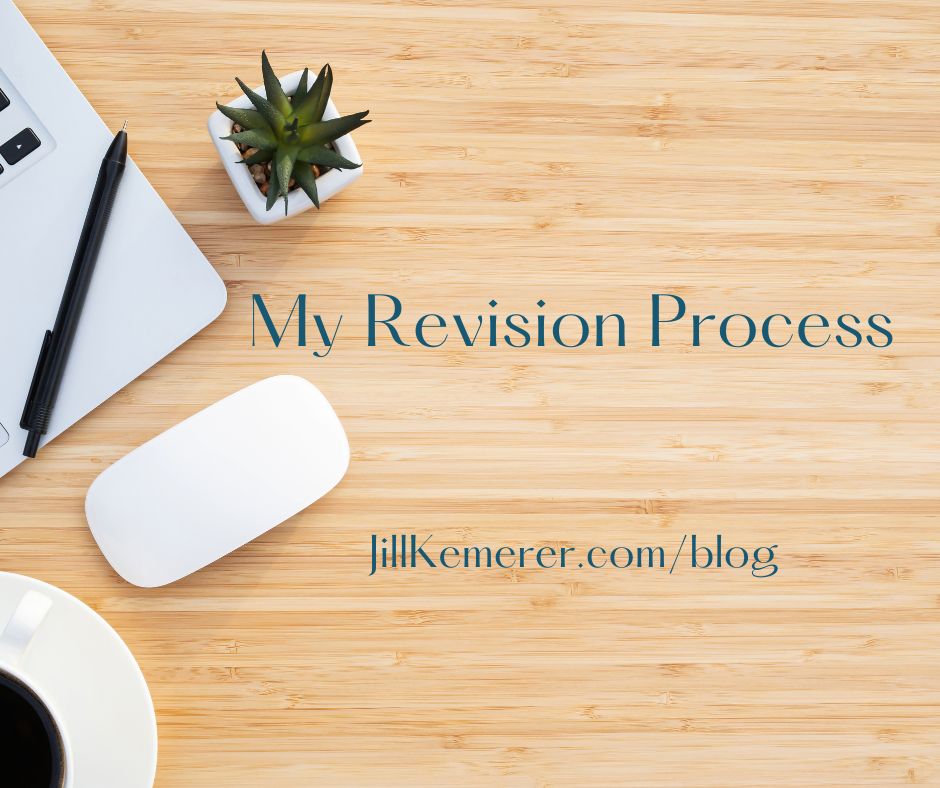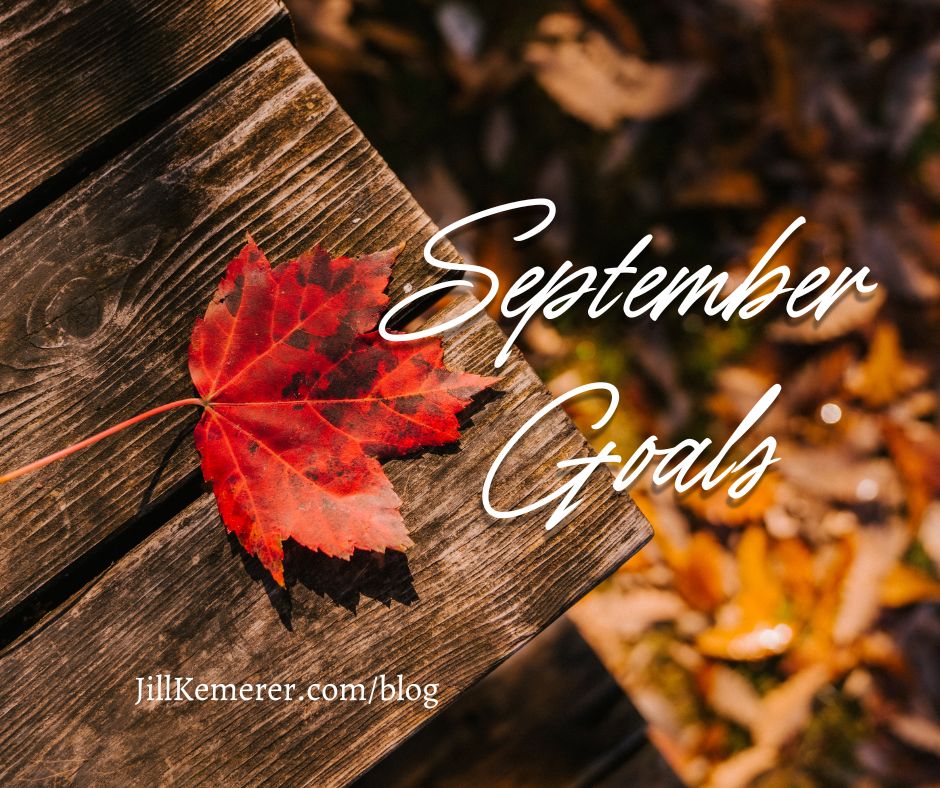My writer productivity skyrockets when I set monthly writer goals, and it’s time to share…
My Revision Process
If you spend any time searching for freelance editors, you’ll see several different types of editing. Developmental edit, substantive edit, content edit, copy edit, line edit, proofread. It’s enough to make your head spin! My revision process combines three of these options.
As an author, it’s not enough for me to write a draft of the book and expect other professionals to make it good. I give the absolute best book I can to my editor, knowing she’ll find weak areas I missed and that a copy editor will find timeline issues and grammar flaws.
Disclaimer: This is MY process. You might be a revise-as-you-go writer. You might write really clean, complete drafts. I don’t do either, so I came up with what works for me.
I have a three-part revising process I use with every book, and it’s loosely based on the types of editing freelance editors offer.
- Content edit. This is also called a “developmental edit” or a “substantive edit.” Sure, editors might have slightly different ways to approach these, but to me they’re one and the same. Basically, the editor is reviewing the manuscript for story, to make sure the plot works.
- Copy edit. This is similar to a “line edit.” The editor is reviewing the timeline, grammar, spelling and offering mild suggestions for better flow or to help the plot make sense.
- Proofread. This is the final polish.
Once I finish writing a first draft, I start my initial read-through in what I consider a content edit.
When I’m reading, I’m asking myself if the plot makes sense, if the characters are behaving logically, if the romance is rushed–or nonexistent. I’m aware of pace and tension and the spiritual thread. Have any of the secondary characters taken over? Did I forget to tie up a loose end of a subplot? Are any areas choppy or incomplete?
What I’m NOT looking for? Grammar mistakes. Spelling errors. Or if the sentence could be written tighter. That’s for the next round of revising–the copy edit.
To be fair, when I’m reading through during the content edit, I do correct grammar if it’s obviously wrong, and I fix spelling errors, too. But I’m not searching for them. I’m focused on the story. The content edit is the most time-consuming part of revising for me, and for good reason. I always find ways to strengthen the story in this phase.
It becomes more complete. More interesting. More worthy of having a reader keep turning the pages.
While all three rounds of revising are important, I consider the content edit vital. If I didn’t take the time to view my story as a whole and work to get each aspect of it (characterization, pace, tension, and so forth) right, my books would be less satisfying to me and to the reader. No thanks!
The second round of revising is my copy edit. To do this, I print out my manuscript and mark it up with a red pen. I find more mistakes when I approach revising with different mediums. Staring at the same screen causes me to miss things. When I’ve marked up the book, I type in the changes.
Which leads me to my final round–the proofread. I actually read the book out loud for this. My brain hears the words differently than my brain sees them, so it’s always refreshing to finish the book this way.
So there you have it–my revision process.
If you’re a writer, what is your revision process?
I’d love to hear!
*
UNITED BY THE TWINS is in stores now and will be until later in March. If you haven’t purchased your copy, you can always order one. Purchase links can be found at United by the Twins.





Jill, thanks for sharing your revision process! I love how you broke down the content edit. That’s the round I struggle with the most right now. Soooooo not my specialty.
I typically go through my story 2-4 times before sending it to betas. What I look for is anything needing more research, anything that felt off or unfinished, etc. In the third or fourth draft, I also watch for inconsistencies, typos, etc., that I didn’t catch the first couple of rounds. (Copy editor here, so I’m always watching for these things.) Then I send to betas. After that, I tackle their comments and suggestions before rereading the whole story for one more pass. If that one is chock-full of mistakes/revisions, then I do another and repeat as needed. After that, I submit it.
I’ve been told I usually have pretty tight drafts by the time my betas get ahold of the stories, so maybe I’m better at the content edit than I think. I can hope!
Your editing process sounds very thorough! I’m impressed! And I would think your story would be very tight by the end of your process. Nice!
Thanks for the encouragement, Jill! “Thorough” is likely due to my detail-oriented-ness. As a reader, I don’t enjoy dropped threads in books, so I pay extra close attention to such things in my own writing. I’m less confident in the developmental phase of edits, but the more I learn, the more I realize I’m actually halfway decent at it. If only the confidence in that would layer in soon!
Sometimes we have to be honest with ourselves that we’re better than we think!
So true! And it’s lovely when God opens our eyes to see the ways in which He has strengthened us in those weaker areas. I think that’s what’s going on with my developmental edits, if I’m reading the situation right this month. It’s exciting to see how He’s sharpened my skills in the area I’ve been freaking out over.